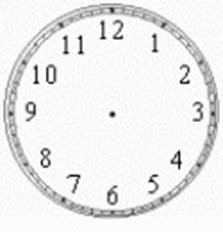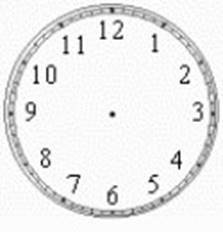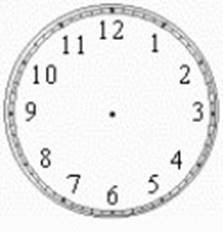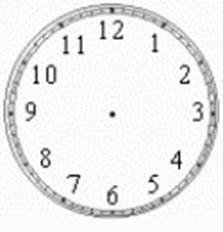Урок "Годинник. Розпорядок дня"
мета:
• презентувати новий лексичний матеріал за підтемою «Годинник.Розпорядок дня», формувати навички вживання нових лексичних одиниць, вдосконалювати компетенції читання, аудіювання й усного монологічного мовлення;уважно стежити за презентованою інформацією, ефективно співпрацювати під час парної та групової роботи, мотивувати готовність брати участь в іншомовному спілкуванні, розвивати різні типи пам'яті — слухову, зорову, увагу, уяву, учити працювати у парі, логічно висловлювати думку;виховувати уміння сконцентруватися, слухати інших, формувати доброзичливу атмосферу в класі.
Конспект уроку з англійської мови
для 4 класу
на тему:
«Годинник. Розпорядок дня»
Unit 1. Getting ready for school
Мій розпорядок дня. Годинник
goal:
• Present a new lexical material under the subtopic "The order of the day", to practice language skills under the subtopic "The order of the day", to develop skills of the use of new lexical units, to improve the competence of reading, listening and oral monologue speech; to closely monitor the information provided, to cooperate effectively during the pair and group work, motivate the readiness to participate in foreign communication, develop different types of memory - auditory, visual, attention, imagination, learn to work in a pair, logically express an opinion.
Expected results: able to use the clock
Course of the lesson
Warm-up
1. Start a day-of-the-week chain round the class.
2. Work in groups
Draw pictures with the sentence
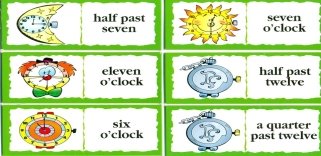
Presentation
3. Section ‘Remember’
Revise the words “o’clock”, “past” and “to” with the time. If pupils don’t understand the meaning of the words, translate them into the native language pointing to a demonstrative clock.
Read out the sentences. You can use a demonstrative clock again.
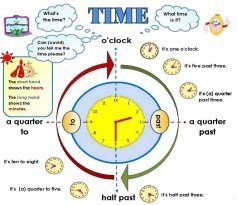
Pupils listen, look at the time on the clock and read sentences in silence.
Do choral and individual reading.
Ask individuals to read the sentences again aloud. Help with pronunciation and sentence rhythm especially.
4. Match the clocks to the sentences (p. 30, ex. 1).
Ask pupils to look at the time on the electronic clocks.
Then ask pupils to read the sentences which say the time.
Ask pupils to choose the right sentence and match it with the correct clock.
Pupils may also be asked to write sentences with the correct letter in their exercise books and on the board.
Answers: 1. d; 2. c; 3. e; 4. a; 5. f; 6. b.
Practice
5. Listen and read. Draw the clocks in your copybook (p. 30, ex. 2).
Ask pupils to look at the pictures in the exercise. Also point out what Vicky does in the morning, in the afternoon and in the evening.
Read the sentences pointing to the pictures. Mime the actions if it is necessary. Also point to the table “Present Simple” and pay attention to verbs “gets up”, “has breakfast” and etc. Explain the rule in the native language if it is necessary.
Then ask pupils to draw the clocks in their copybooks.
Then ask pupils to draw the time.
Pair work: Pupils in pairs take turns to ask and answer questions about Vicky’s morning, afternoon and evening following the model questions and answer them. Write down the model questions on the board.
|
When does Vicky |
wake up? |
|
|
go to school? |
|
|
have breakfast? |
|
What time does Vicky |
wake up? |
|
|
start school? |
|
|
have breakfast? |
|
|
start lessons? |
|
|
go to bed? |
Transfer: Ask questions about pupils’ own morning using the same questions and answer patterns from the exercise.
Optional activity
Ask pupils to close their books. Say true or false sentences about the story episode or text that they have just read. Children listen to the statements and write “T” or “F” in their copybooks. Go through the answers with the class, reading out the sentences again, and asking pupils to call out “True!” or “False!”
Reading and Writing
6. Copy and answer the questions (p. 31, ex. 3).
Pupils open their copybooks and copy the sentences finishing them.
Tell pupils they can use the information from the text. Ask some pupils to write the sentences down on the board while the rest of the pupils are writing in their copybooks.
Answers:
1. She usually has her breakfast.
2. She usually goes to bed at half past 9.
3. Her school starts at half past 8.
4. She gets up.
7. Tell class about your friend (p. 31, ex. 4).
Tell pupils they are going to describe their friends using the patterns in the speech bubble.
Pupils look at the patterns in speech bubble about Bob.
Ask pupils to finish the sentences using the correct time.
Ask pupils to make sentences about their own friends using the sentences about Bob.
Ask to begin with the words “I have got a friend. His/Her name is ...”
Ending the Lesson
8. Write about your day (p. 31, ex. 5).
Ask pupils to describe their day routine using the sentences from exercises 2 and 4.
Ask to begin with the words “I get up at ... o’clock. Then I ...” motivate to use the words and word combinations from the lesson.








Homework
Read p. 30, ex. 2; p. 31, ex. 4.
Further practice
Use Workbook tasks at the lesson or at home.
- I think that we have done everything we had planned. Your marks are.... (Comments)
- Пояснення домашнього завдання.
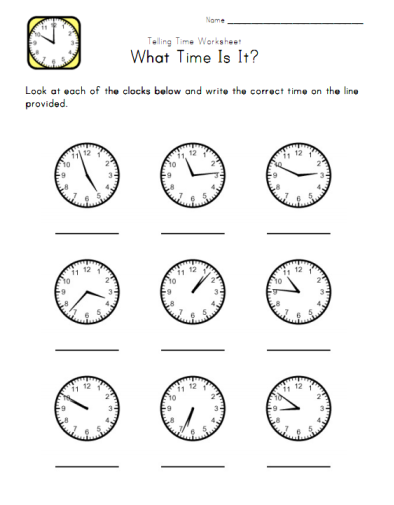
 Учням роздаються картки, на яких треба визначити та записати правильно час.
Учням роздаються картки, на яких треба визначити та записати правильно час.
-
 At the beginning of our lesson I promised to give you some presents. So, here you are. (Діти отримують годинники-закладинки). Thank you for good work. Goodbye!
At the beginning of our lesson I promised to give you some presents. So, here you are. (Діти отримують годинники-закладинки). Thank you for good work. Goodbye!
What time is it?
Name: ________________________ Class: __________________________
Draw hands on the clock according to the time. Number 1 is an example.
|
3:00 |
2. 12:00 |
|
3. 11:00 |
4. 9:00 |
|
5. 6:00 |
6. 10:00 |
Copyright www.english-4kids.com ESL KIDS LAB
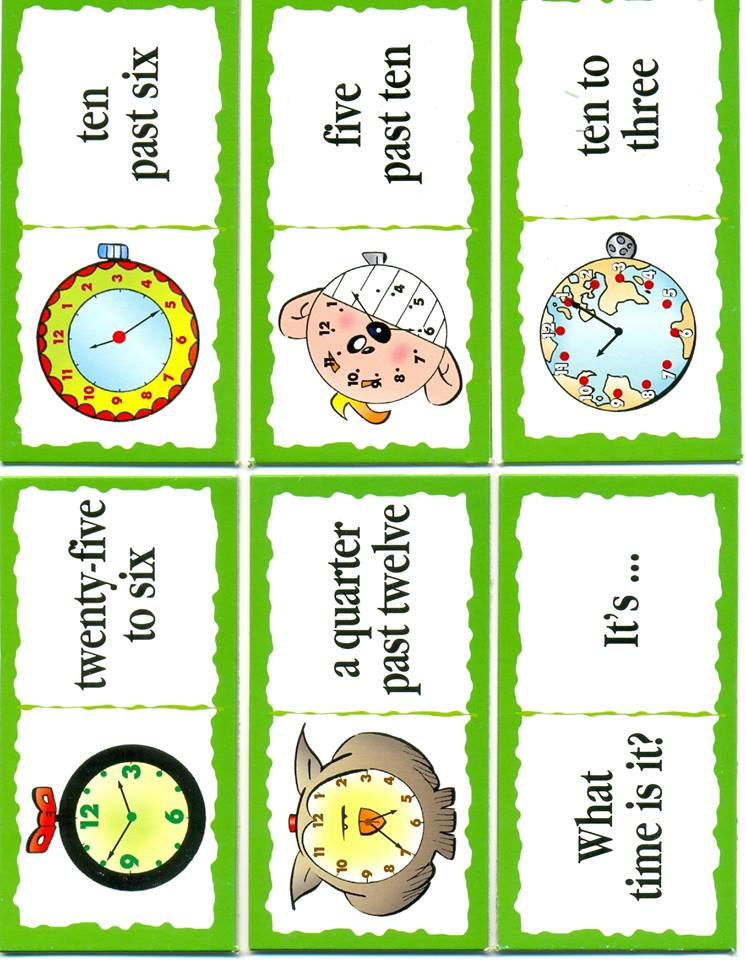
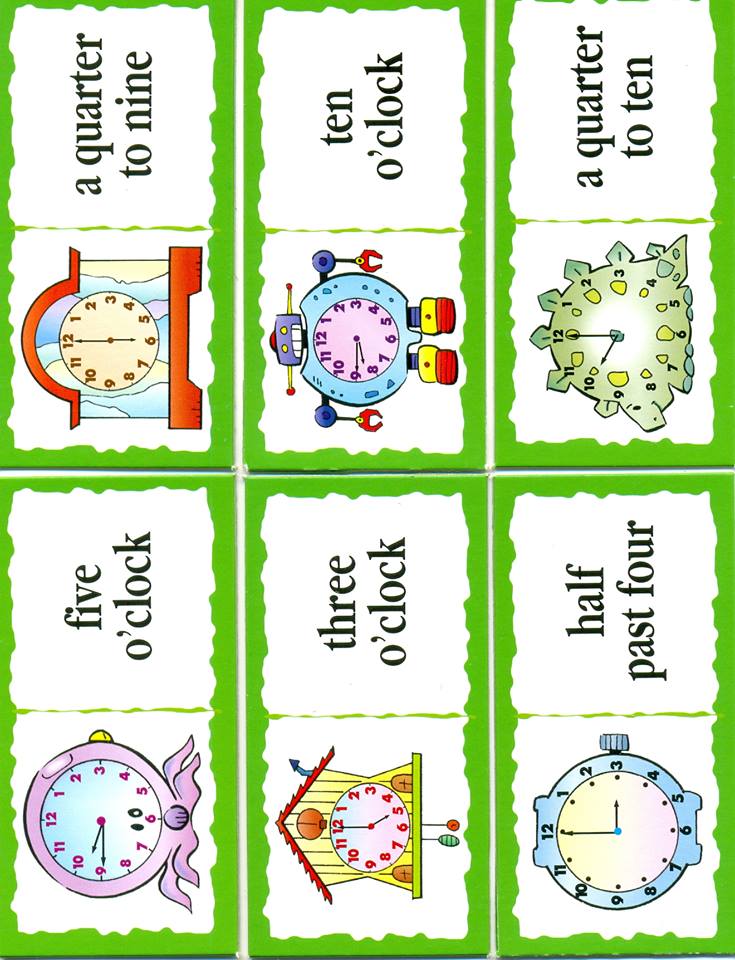
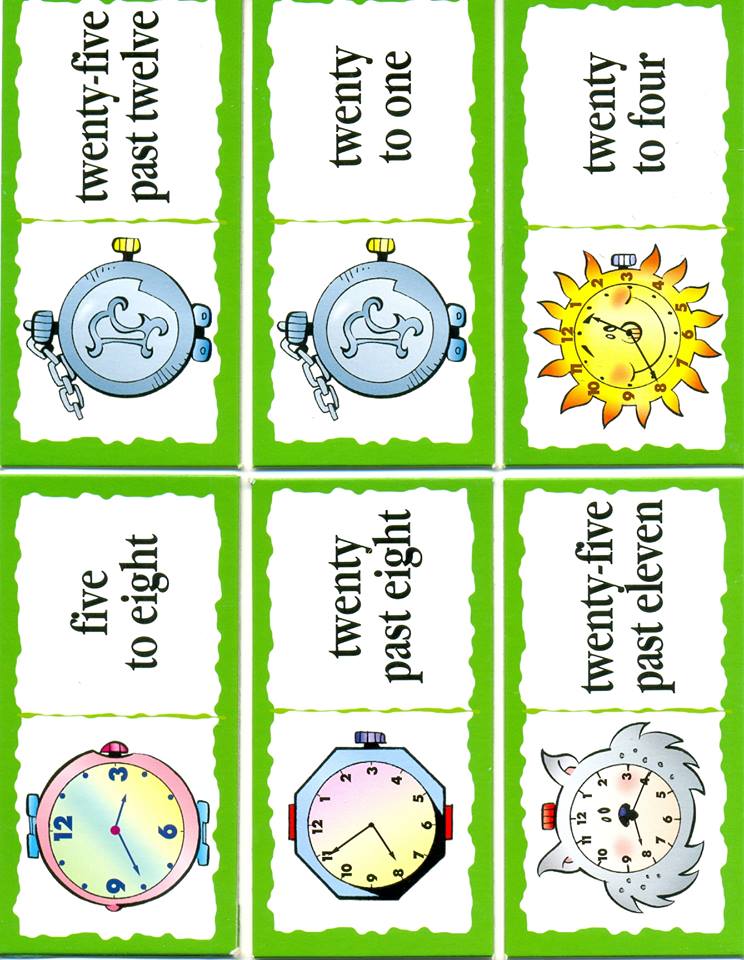
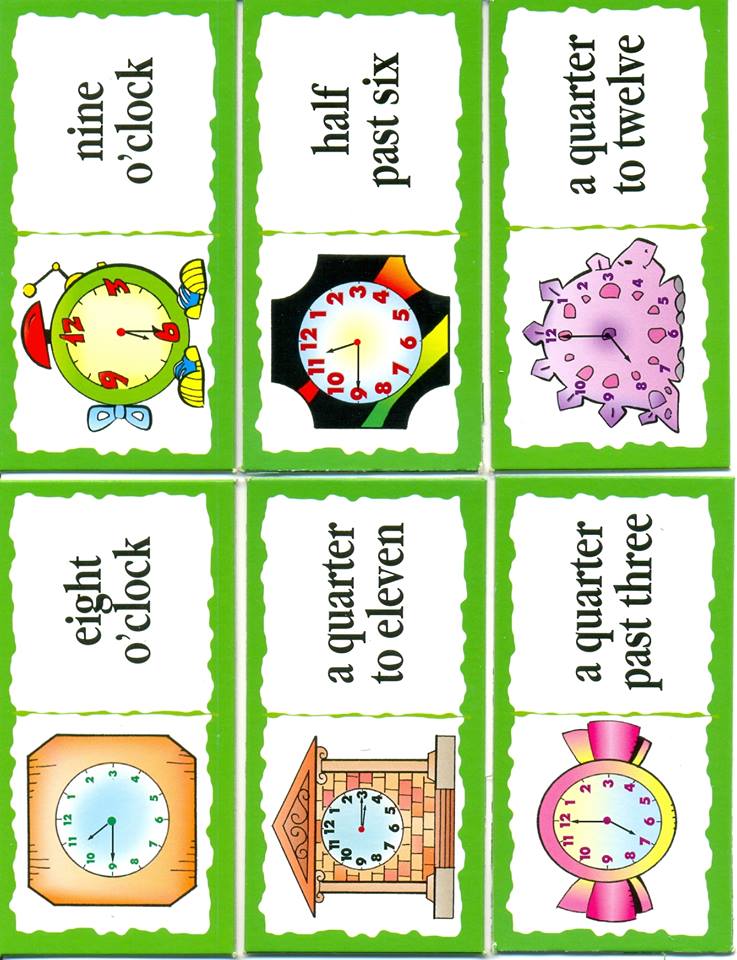
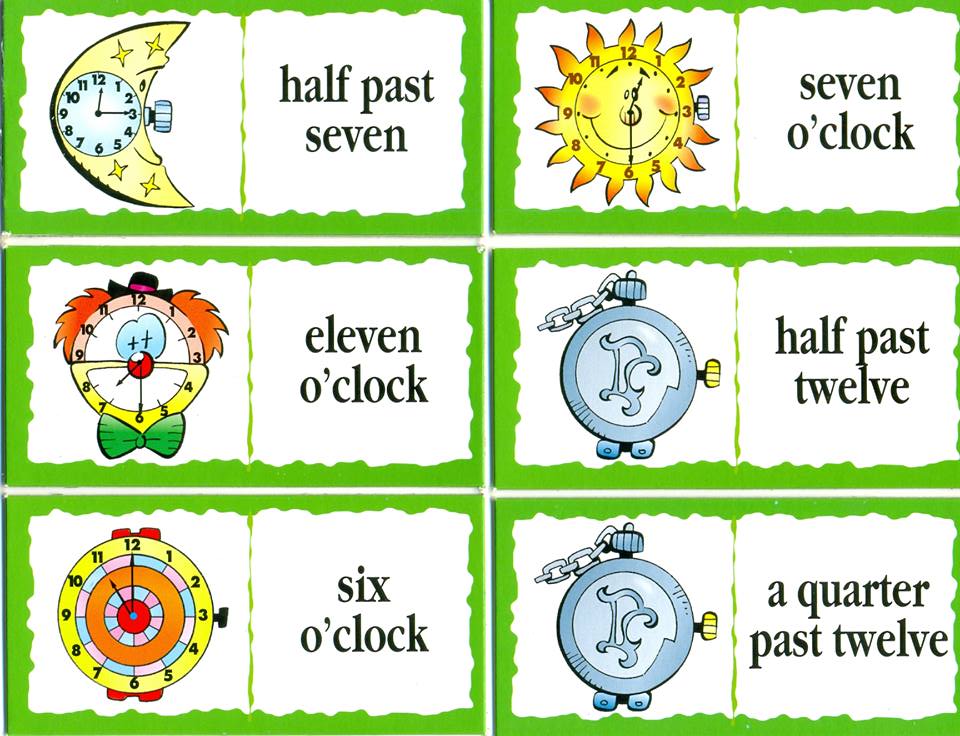

What time is it? My name is

|
O |
|
|
It's |
It's |
 It's It's
It's It's
![]()

|
one |
2 |
4 three four |
5 five |
7 8 9 six seven eight nine |
0 |
12
|
 |
It's It's
![]()

It's It's
![]()

It's It's
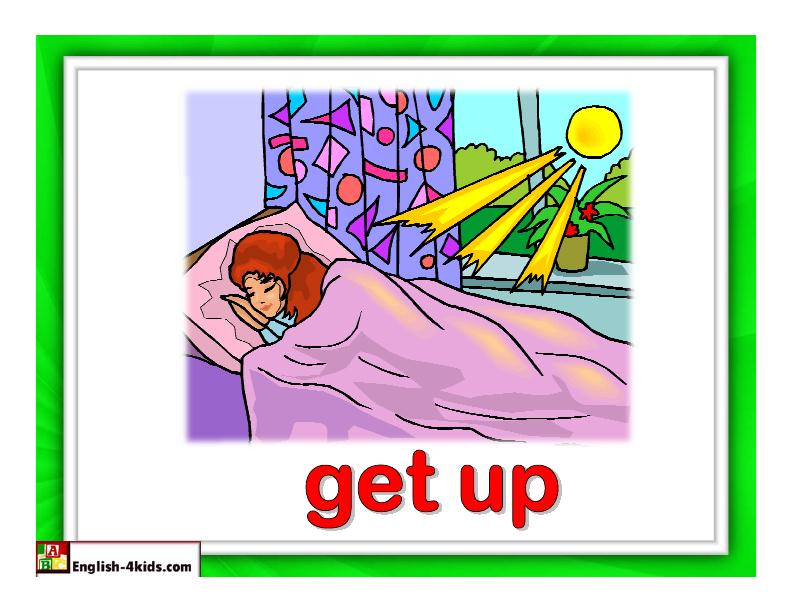


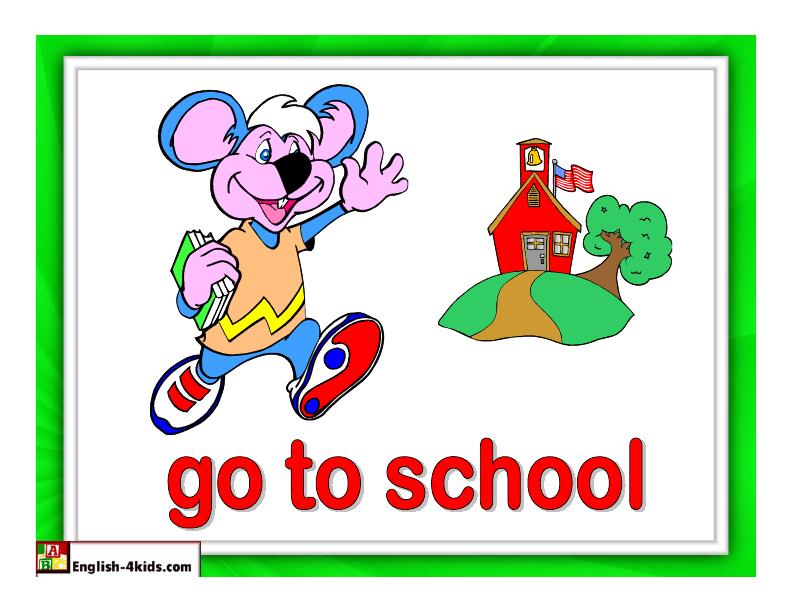
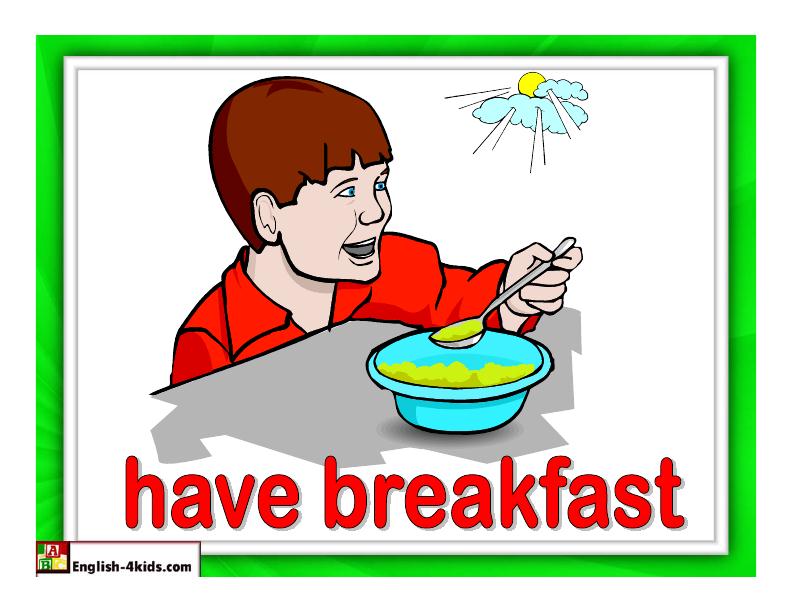
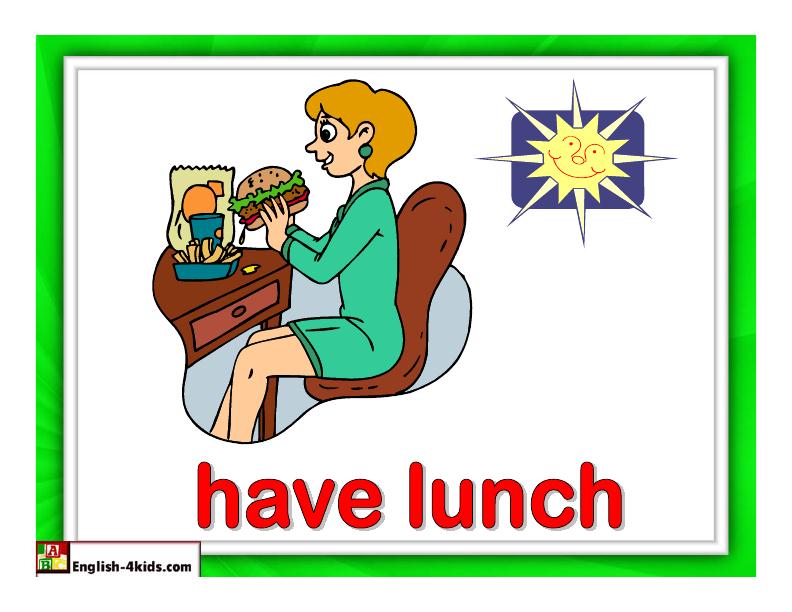


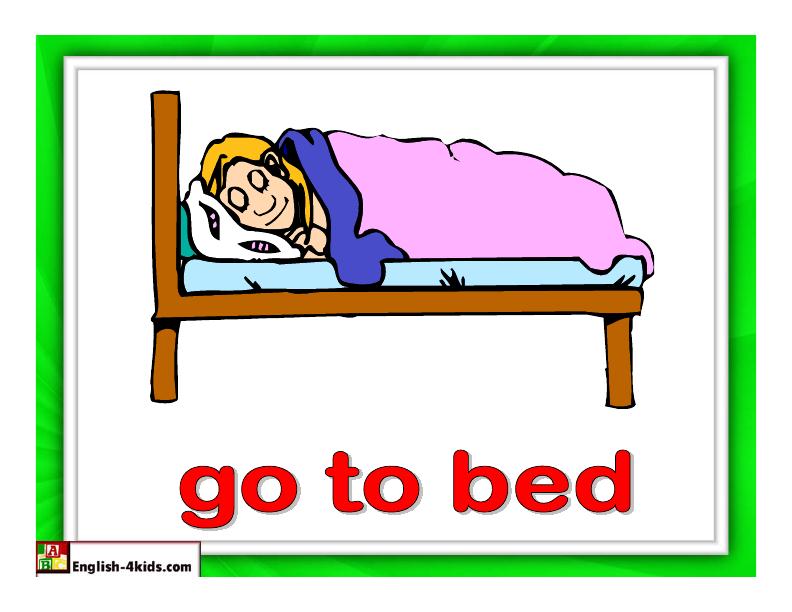
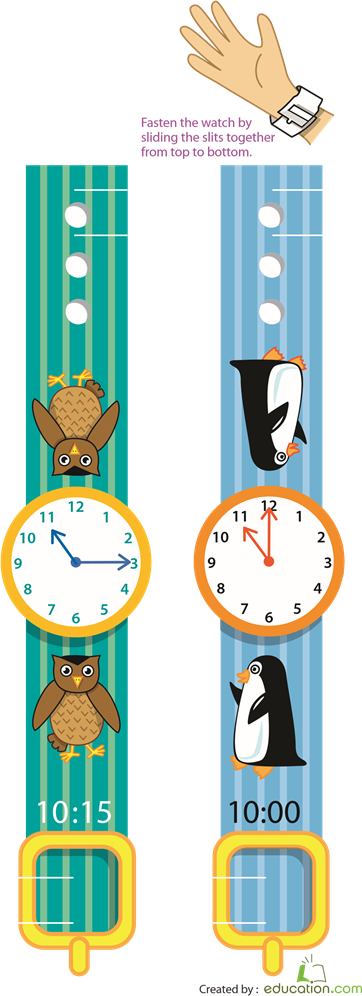
 Paper
Paper
Watches
![]() Learn
how to tell time with these fun watches! Have a grown-up help cut them out and put them
on. For a sturdier watch,
print on card stock.
Learn
how to tell time with these fun watches! Have a grown-up help cut them out and put them
on. For a sturdier watch,
print on card stock.
Copyright 2010-2011 Education.com www.education.com/worksheets


про публікацію авторської розробки
Додати розробку


